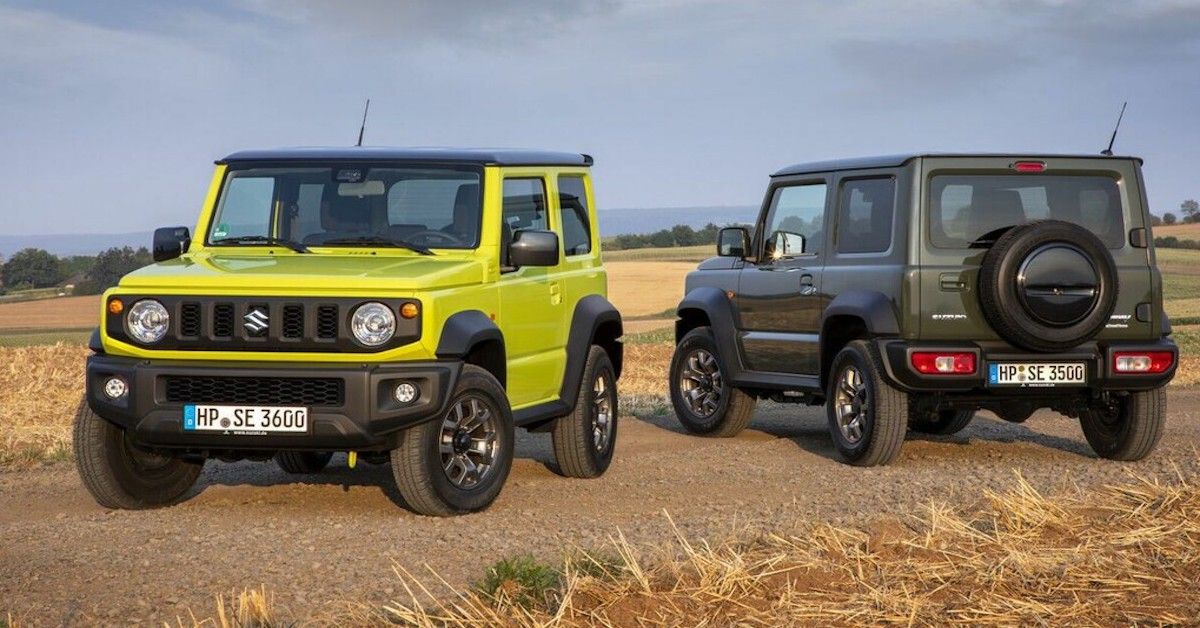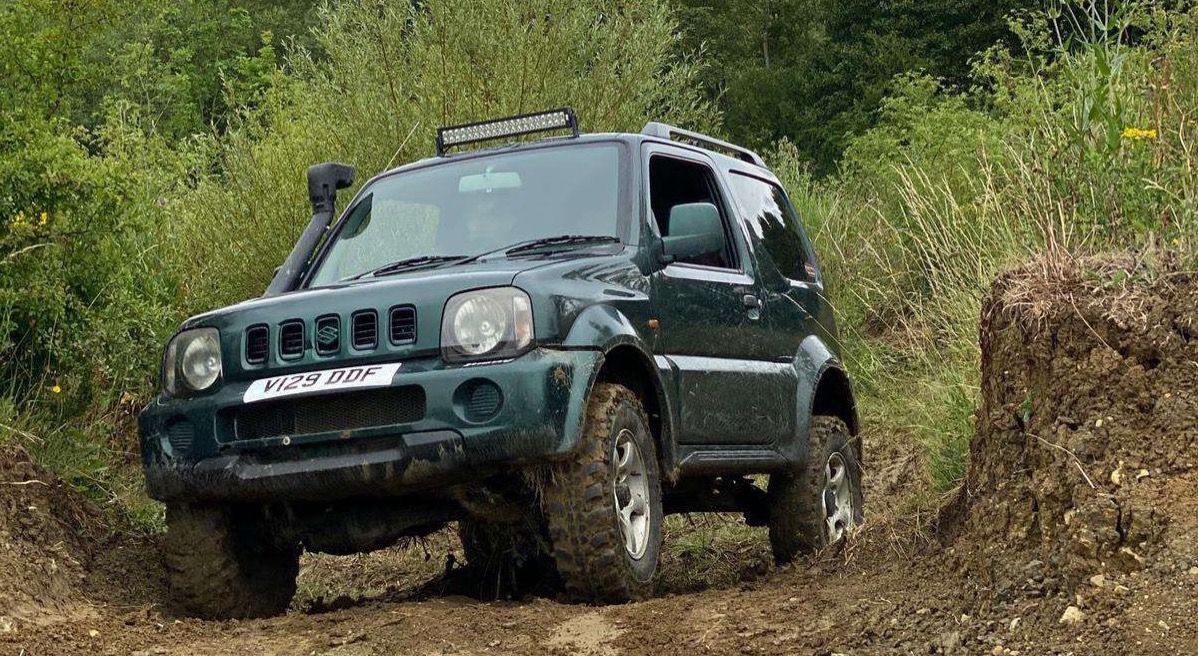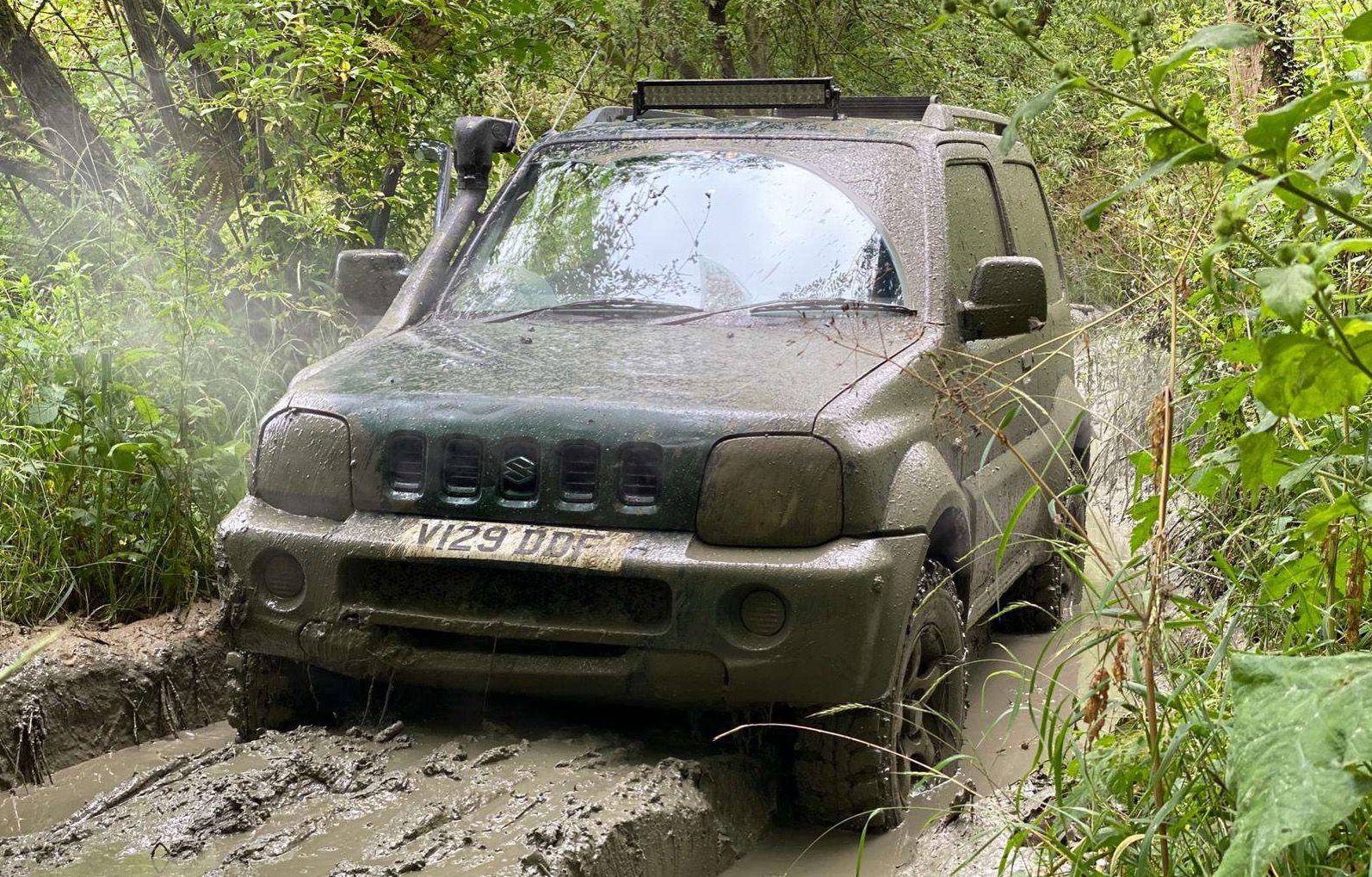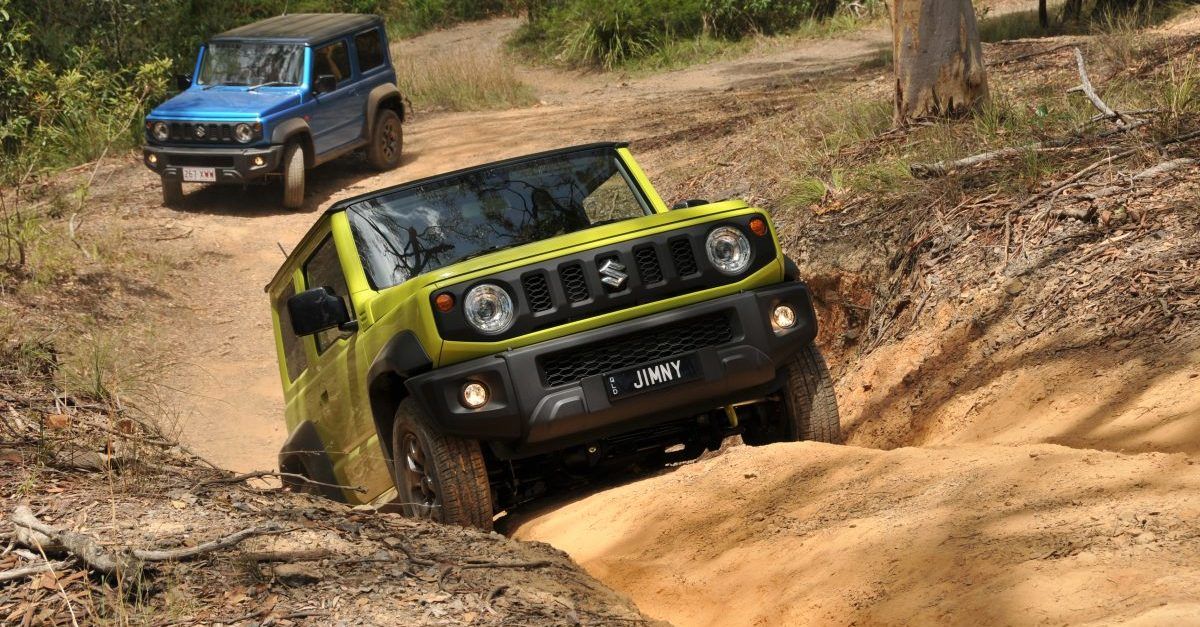The Suzuki Jimny is a small utilitarian icon. This mini off-roader is an absolute workhorse all around the world and has proven itself as a perfect little car if you need to tackle mud, snow, and just about anything you throw at it.
So, with such success and popularity across the globe, it seems odd that Suzuki hasn't made the Jimny available in the USA, a country that loves off-roading.
The Jimny is a lovable car that is extremely capable for its size and price. So, let's dive in and explore the Suzuki Jimny as we try to work out why US consumers cant get their hands on this new iteration of the JDM legend.
The Trusty Jimny
To understand the Jimny, we need to go back. The first generation Suzuki Jimny was first released back in 1970. It was an instant hit and Suzuki's first worldwide hit. Using a pokey little 2 stroke engine to make it go, it instantly proved itself on and off-road.
Following the initial success, the Jimny carried on into a second generation where the engine got a nice little 3-cylinder upgrade and a whole load of variations. a 2 and 5 door wagon, a drop-top, and even a cab chassis to name a few.
The Jimny took on many shapes, specs, and names through the countries it was sold in. It was really building a name for itself as a reliable and efficient compact 4x4. Then came the release of the 3rd-gen in 1997. After being unveiled at the Tokyo motor show, this new modern-looking Jimny solidified its place as one of the most fun, lightweight and affordable offroaders on the market.
The technology also got a modern upgrade. This new Jimny came with a selective 4WD system controlled by buttons on the dash. You could have 2WD, 4WD, and 4WD-L. The standard is 2WD, which puts power down at the rear wheels. Then, when 4WD is pressed, the front wheels also engage in high gear. The 4WD-L powers all wheels in a lower ratio of gearing.
This shape of the Jimny would remain in production for 20 years. Suzuki knew that they had really nailed it and through facelifts and software upgrades through the year, this chassis of the Jimny remained top of its class of compact off-roaders.
This brings us to the new, fourth-generation Jimny, which released in 2019. With an all-new 1.5-liter engine and boxy mini G-Wagon looks, this Jimny like all the others has been well received. With positive reviews from journalists and YouTubers alike, the plucky Jimny's popularity continues to grow.
Why Can't You Buy One In The US?
Well, the issue here is that previously in the US you could buy a Jimny. Although it took on the name of the Suzuki Samurai. In the mid-'80s the Samurai's began making a name for themselves, and people loved it.
With body-on-frame construction, solid axles all around, and a 2-speed all-wheel-drive transfer case, it had all the ideal things needed for a great time off-roading. However, after a report review in 1988, it was mentioned that there was massive rollover risk for the Samurai. After this, sales dropped significantly.
The impact this had on Suzuki North America was soo great that they would never come back from it. Suzuki was even fighting a lawsuit that was only settled and dropped in 2010. Three years after this, Suzuki decided to cut their losses and leave the North American market completely. This meant that the new fourth-generation Suzuki Jimny will not be hitting the US streets (or dirt tracks) any time soon.
When it comes to importing one it gets complicated (and expensive). To start off, the Japanese manufacturer would need to make sure that the Jimny is up to scratch in order to meet the US emissions and safety regulations. This would mean convincing them that the dangerous rollover risk was no more and making sure that the engine is compliant with all the new standards.
In an article by TheTruthAboutCars, they predict the cost of bringing the Jimny to the US is at around a staggering $275 million. This takes into account the costs of marketing, building dealerships, employing staff, and customer service.
This would mean that the 2021 Suzuki Jimny would carry a significantly higher price tag in order for it to cover the cost of the import tax on bringing vehicles to the United States and also the cost of staff, dealerships, etc. Suzuki may not do well against home-bred competitors such as the Jeep Wrangler. The beauty of the Jimny is compact practicality without a hefty price tag, this potential mark-up might mean that the magic is lost.
Suzuki would be taking on a huge financial risk. As well as the new Jimny is performing in other markets, there is no assurance that the US consumers would be looking to buy one if it arrived. The new Jimny is a great little car and unfortunately, it seems the US will just have to sit this one out for now.





